In a world where digital assets can be effortlessly copied and distributed, NFTs (Non-Fungible Tokens) have emerged as a revolutionary way to establish ownership and authenticity in the digital realm. Based on insights from an excellent educational video, this article dives deep into what NFTs truly are, how they work, and the technology behind them.
To understand NFTs, we first need to recognize the problem they solve. Consider these scenarios:
Physical Paintings: When you purchase a physical painting, you receive:
- A unique item that cannot be perfectly replicated
- A receipt or certificate proving your ownership
- The ability to verify your ownership through documentation
Digital Images: When you purchase a digital image, traditionally:
- It can be easily copied with a simple right-click
- Ownership is difficult to prove
- The value diminishes because anyone can claim a copy
This fundamental difference explains why digital art historically struggled to achieve the same value as physical art. NFTs bridge this gap by bringing the uniqueness and verifiable ownership of physical items to the digital world.
NFT stands for Non-Fungible Token. To understand this concept:
Fungible Items:
- Can be exchanged with identical items of the same value
- Examples: Currency notes, commodities, precious metals
- A five-dollar bill can be exchanged for another five-dollar bill with no loss of value
Non-Fungible Items:
- Cannot be exchanged on a like-for-like basis
- Examples: Houses, cars, unique collectibles
- Each item has distinct characteristics that make it unique
NFTs are essentially tokens that represent ownership of unique digital assets. They’re like collectible cards or paintings in the digital world.
- Uniqueness: Each NFT is unique and cannot be replicated
- Verifiable Ownership: Blockchain technology provides a transparent and immutable record of ownership
- Transferability: NFTs can be easily transferred between users
- Programmability: NFTs can be programmed to include specific features or functionalities
The magic of NFTs lies in their implementation of blockchain technology. Here’s the process:
- A digital asset (image, video, audio, etc.) is selected
- The creator “mints” this asset as an NFT by:
- Assigning a unique ID to the digital asset
- Storing this ID on a blockchain (commonly Ethereum or Polygon)
- Creating a permanent, immutable record of ownership
This process transforms an easily replicable digital file into a unique, verifiable asset with provable ownership.
ERC721 is the technical standard used for creating NFTs on the Ethereum blockchain. Think of it as the blueprint that defines how NFTs work.
Key aspects of ERC721:
- ERC stands for “Ethereum Request for Comments”
- It’s a standardized approach for creating non-fungible tokens
- Each token has a unique identifier (token ID)
- The standard ensures compatibility with wallets and marketplaces
- It allows for tracking and transferring ownership while maintaining uniqueness
The standardization is crucial because it ensures that NFTs created by different developers can interact with the same platforms, wallets, and marketplaces.
Smart Contract Interface
- ERC721 defines a standardized interface that all NFT contracts must implement
- This ensures compatibility across different platforms and applications
For developers interested in exploring the full Solidity code of the ERC721 standard, the official OpenZeppelin implementation serves as the industry reference: https://github.com/OpenZeppelin/openzeppelin-contracts/blob/master/contracts/token/ERC721/ERC721.sol
This implementation provides a secure, tested foundation for creating your own NFT contracts with all the required functionality of the ERC721 standard.
Key Functions
- balanceOf(address owner): Returns the number of NFTs owned by an address
- ownerOf(uint256 tokenId): Returns the owner of a specific token ID
- transferFrom(address from, address to, uint256 tokenId): Transfers ownership of an NFT
- approve(address to, uint256 tokenId): Approves another address to transfer a specific NFT
- getApproved(uint256 tokenId): Gets the approved address for a token ID
- setApprovalForAll(address operator, bool approved): Enables or disables approval for a third party to manage all of the sender's assets
- isApprovedForAll(address owner, address operator): Checks if an operator is approved by a given owner
- Metadata Extension
- tokenURI(uint256 tokenId): Returns a URI pointing to metadata about the token
- This metadata typically includes the name, description, and image of the NFT
- Events
- Transfer(address from, address to, uint256 tokenId): Emitted when ownership of an NFT changes
- Approval(address owner, address approved, uint256 tokenId): Emitted when an account is approved to transfer an NFT
- ApprovalForAll(address owner, address operator, bool approved): Emitted when an owner enables or disables an operator
When implementing ERC721, developers must:
- Create a smart contract that inherits from the ERC721 interface
- Define how tokens are minted (created)
- Implement storage for token ownership and metadata
- Enforce rules for token transfers and approvals
- Emit appropriate events for blockchain transparency
Several extensions to ERC721 have been developed:
- ERC721Enumerable: Adds enumeration capabilities, allowing contracts to publish their full list of NFTs
- ERC721Metadata: Adds name, symbol, and tokenURI functions
- ERC721URIStorage: Provides a mechanism to store and retrieve token URIs
- ERC721Burnable: Allows token holders to destroy their tokens
- ERC721Pausable: Adds the ability to pause transfers and other functions
Minting an NFT involves several components:
- The Digital Asset: The image, video, or other digital content
- Storage Solutions: Often IPFS (InterPlanetary File System), a decentralized storage network
- Smart Contracts: Programs that run on the blockchain to mint and manage NFTs
- Blockchain: The underlying technology that records ownership and transactions
When an NFT is minted:
- The digital asset gets a unique Content Identifier (CID) on IPFS
- The smart contract creates a token with a unique ID
- The token ID is linked to the CID of the digital asset
- The ownership is recorded on the blockchain
There are several myths about NFTs that need clarification:
- NFTs give you copyright ownership: False. Purchasing an NFT gives you ownership of the token, not necessarily the rights to the underlying content.
- NFT items cannot be copied: False. The digital asset can still be copied, but the NFT itself (the token on the blockchain) remains unique.
- NFTs always generate cash flow: False. NFTs do not automatically generate revenue.
- NFTs are always limited: False. The supply depends on the smart contract configuration.
- NFT items are always decentralized: False. The token is on a decentralized blockchain, but the digital asset might be stored on centralized servers.
The high prices of some NFTs can be attributed to:
- Emotional Value: Similar to autographed items from celebrities
- Verifiable Ownership: The ability to prove you own something unique
- Scarcity: Limited editions create demand
- Status Symbol: Owning popular NFTs has become a digital status symbol
While digital art has dominated the NFT conversation, the technology has broader applications:
- Documentation: Certificates, licenses, and important documents
- Gaming: In-game assets and characters
- Ticketing: Event tickets with verifiable authenticity
- Metaverse: Digital land and assets in virtual worlds
- Identity Verification: Potential for secure digital identities
- Real Estate: Proof of ownership for property transactions
- Entertainment Industry: Music rights, film distribution, and royalty management
As NFTs gain popularity worldwide, different countries are developing varying approaches to regulate this new asset class. The legal frameworks generally address issues of ownership, intellectual property rights, taxation, and consumer protection.
India has yet to implement specific legislation governing non-fungible tokens (NFTs). While certain regulations prohibit cryptocurrencies in the country, there is less clarity on the legal standing of NFTs.
RBI’s Stance on Digital Currencies
The Reserve Bank of India (RBI) has taken a cautious approach toward cryptocurrencies and digital assets:
- The government has granted recognition to the digital rupee issued by the RBI
- A draft bill proposes that dealing in unauthorized digital currencies may attract penalties including imprisonment of up to 10 years
- The RBI has issued public notices prohibiting transactions in certain digital currencies
However, in a notable development, the Supreme Court addressed a petition by the Internet and Mobile Association of India, declaring that the RBI must demonstrate harm caused by digital assets to justify a trading ban.
Classification Under Indian Law
NFTs do not fit neatly within any particular category under the Securities Contract Regulation Act, meaning no specific regulations explicitly govern them. However, several existing laws provide a framework for understanding their legal aspects:
Information Technology Act, 2000
- Establishes legal infrastructure for electronic transactions
- Sections 43 and 66 apply to cybercrimes involving NFTs
Consumer Protection Laws
- Protect purchasers against unfair trade practices and misleading advertisements
- The Consumer Protection Act of 2019 provides a platform for complaints concerning fraudulent NFT sales
Intellectual Property Laws
- The Copyright Act of 1957 requires a written contract to establish copyright ownership over NFTs
- The Trademarks Act of 1999 can protect brand names and logos associated with NFTs
India has established a taxation framework for NFTs:
- 30% tax on income derived from the transfer of virtual digital assets
- No deductions for acquisition costs or other expenditures
- Tax Deducted at Source (TDS) of 1% for transactions exceeding certain thresholds
This taxation framework indicates that the Indian government recognizes NFTs as taxable assets, providing some legal structure despite the absence of comprehensive regulations.
Several challenges complicate the regulation of NFTs:
Cryptocurrency Dependency
- NFT transactions typically involve cryptocurrencies, which face their own regulatory uncertainties
Risk of Fraud and Scams
- The anonymity and decentralized nature of NFTs make them vulnerable to:
- Counterfeit NFTs
- “Rug pulls” (where developers abandon projects after raising funds)
- Phishing scams
Money Laundering Concerns
- The ease of cross-border transactions raises concerns about potential money laundering activities
NFTs represent a paradigm shift in how we think about digital ownership. By solving the problem of provable ownership and scarcity in the digital realm, they’ve opened new possibilities for creators, collectors, and various industries.
Despite regulatory challenges and misconceptions, the NFT market continues to evolve with significant potential for growth. Whether you’re a creator looking to monetize your work, an investor exploring new opportunities, or a tech enthusiast interested in blockchain applications, understanding NFTs and the ERC721 standard provides valuable insight into a rapidly evolving digital landscape.
As governments worldwide, including India, work to develop comprehensive regulatory frameworks, the NFT ecosystem will likely become more stable, secure, and accessible to mainstream users.
Are you interested in learning more about blockchain technology and its applications? Let me know in the comments below!
Q1. How are NFTs taxed in India?
NFTs are taxed at 30% on income from their transfer, with a 1% TDS on transactions exceeding certain thresholds.
Q2. What are the risks associated with NFTs?
Risks include fraud, scams, money laundering concerns, and regulatory uncertainty.
Q3. What laws protect NFT creators in India?
Copyright and trademark laws protect the intellectual property associated with NFTs, though specific written contracts are recommended to establish clear ownership.
Q4. What is the future of NFTs in India?
The future appears promising, with potential growth across various industries, though regulatory clarity remains crucial for sustainable development.

 2 weeks ago
24
2 weeks ago
24

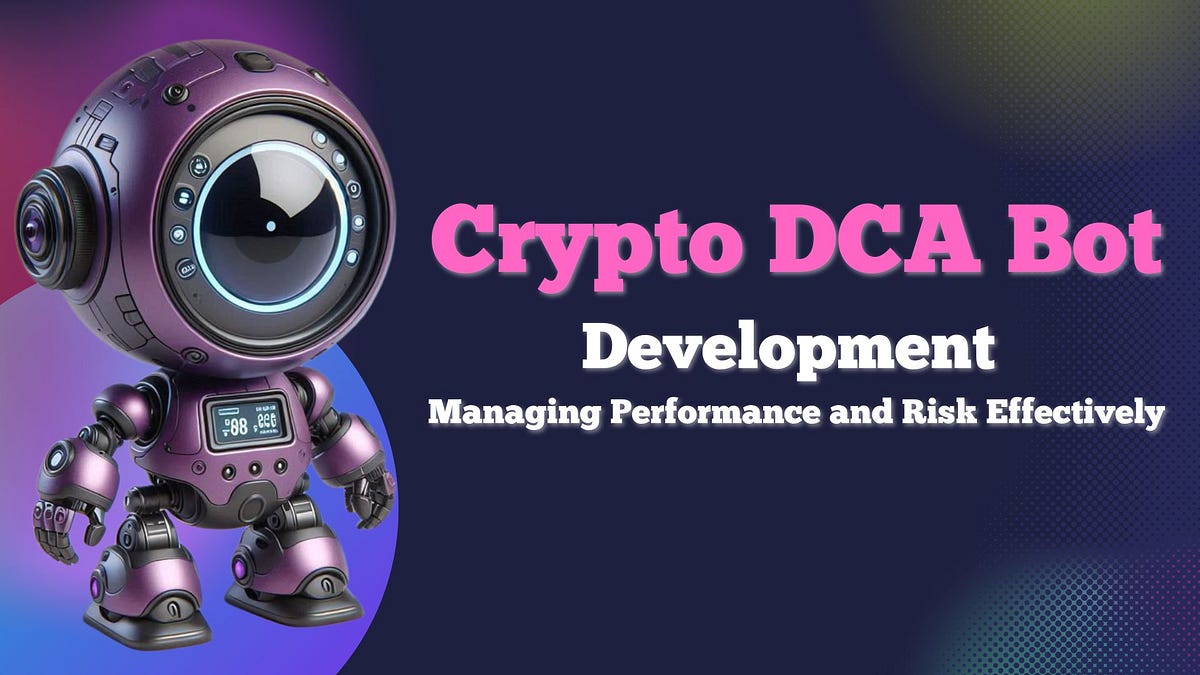
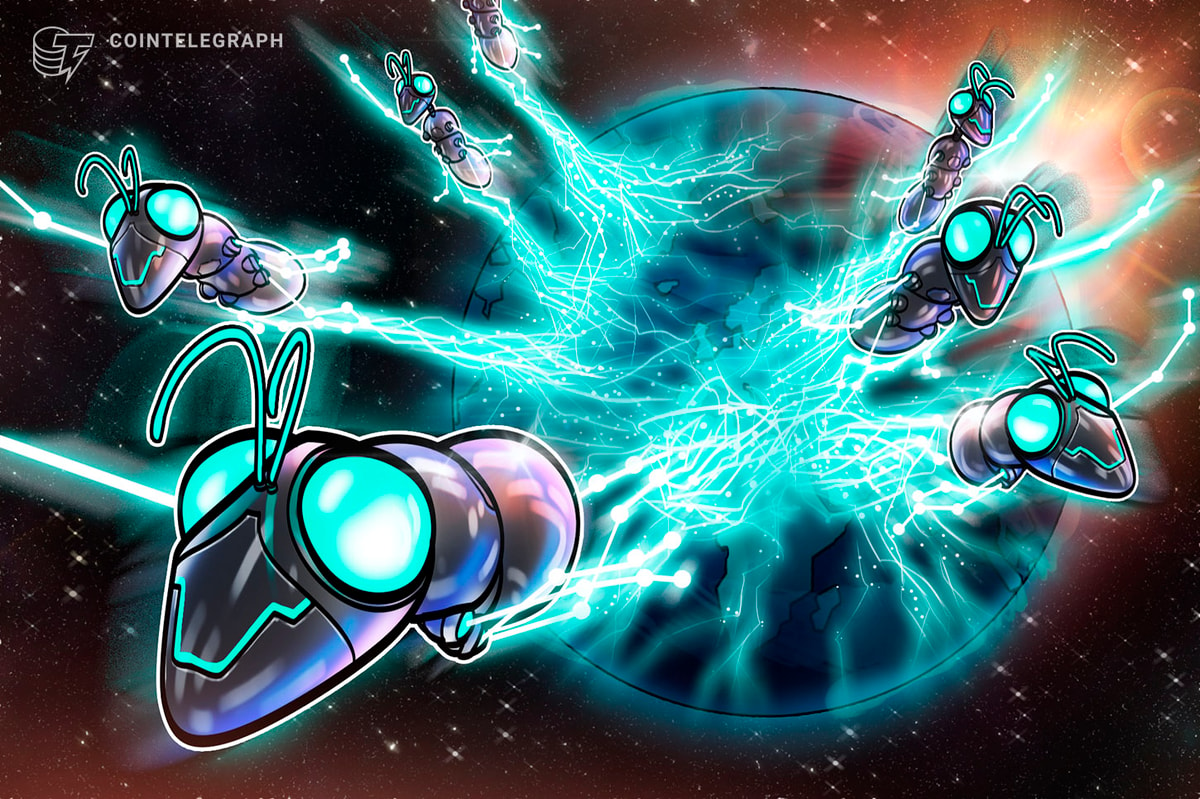
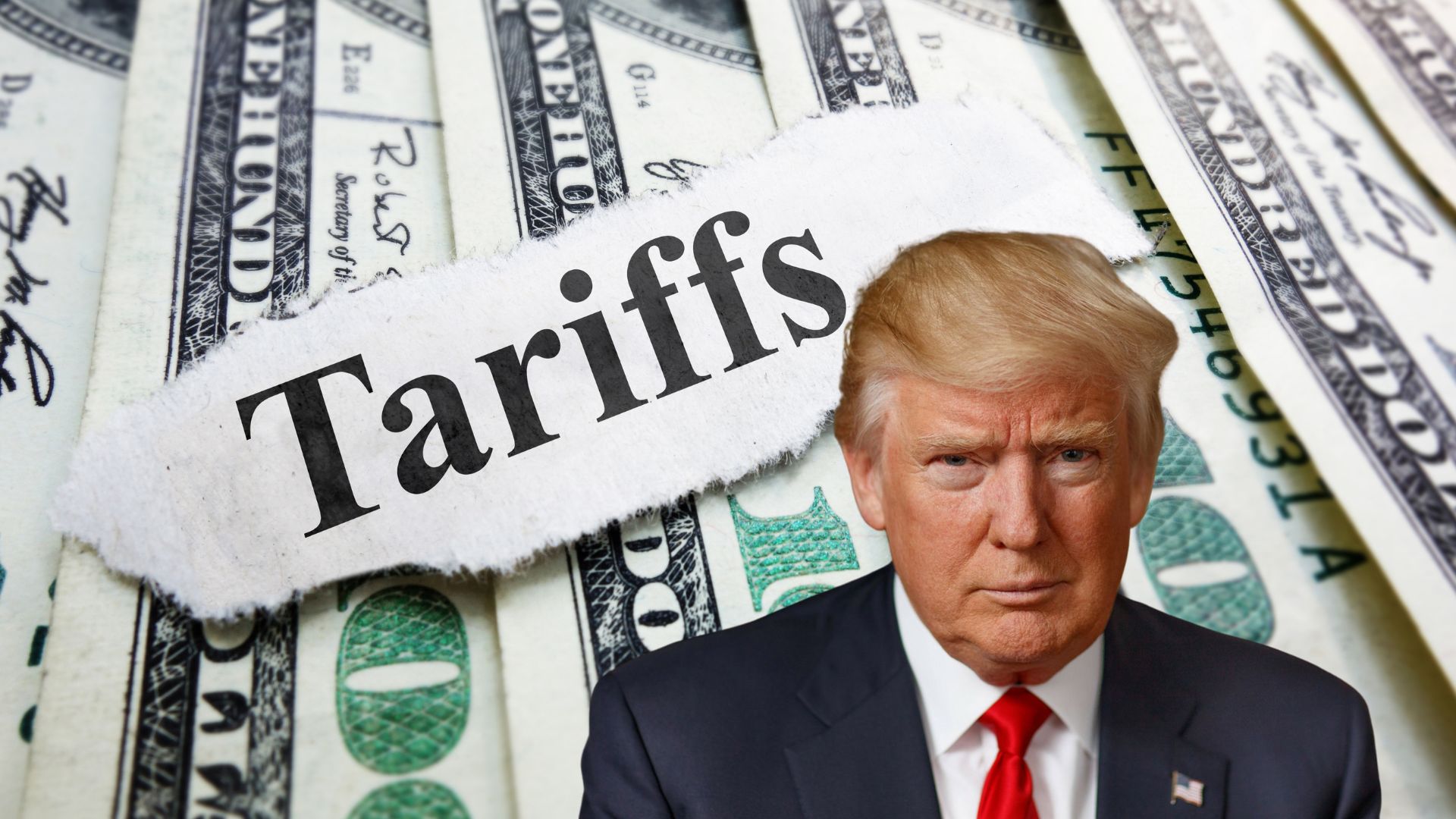
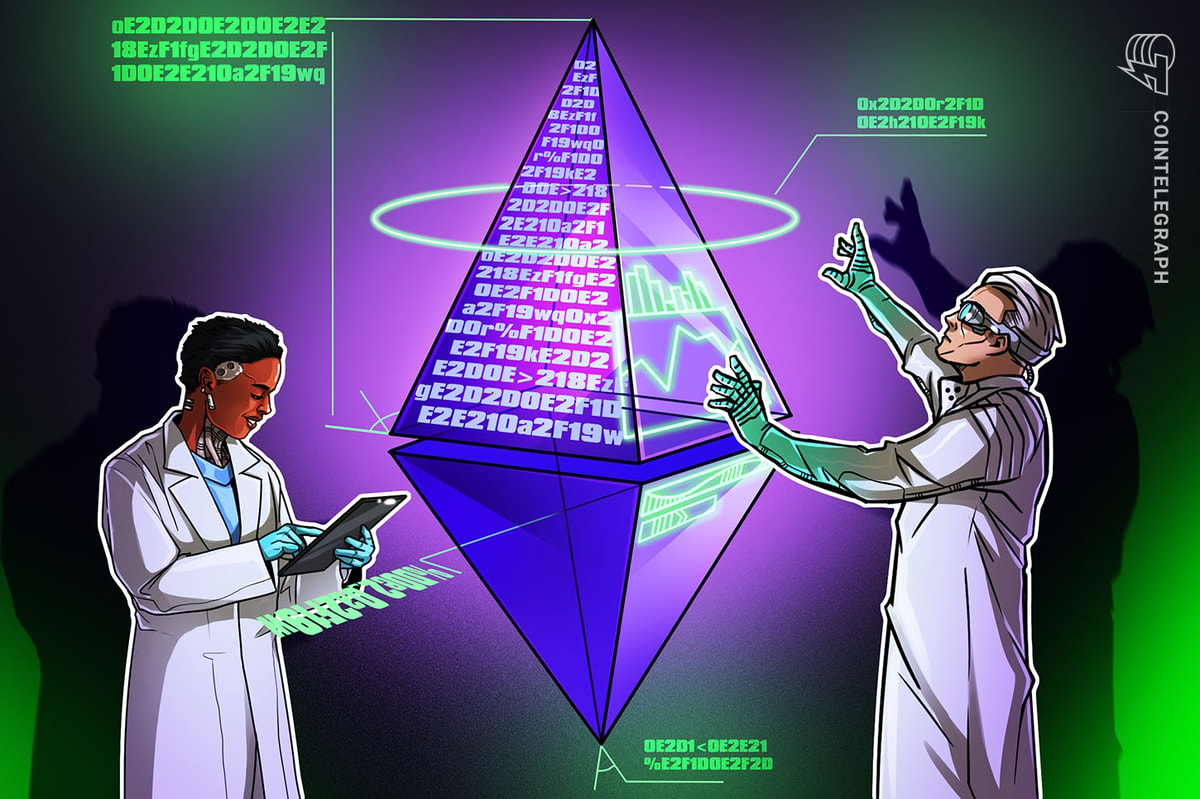
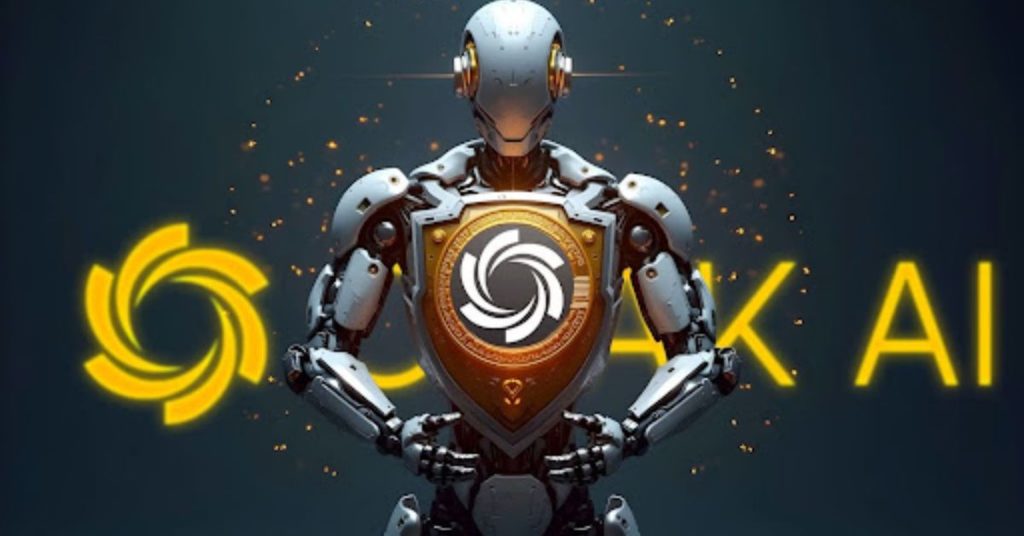
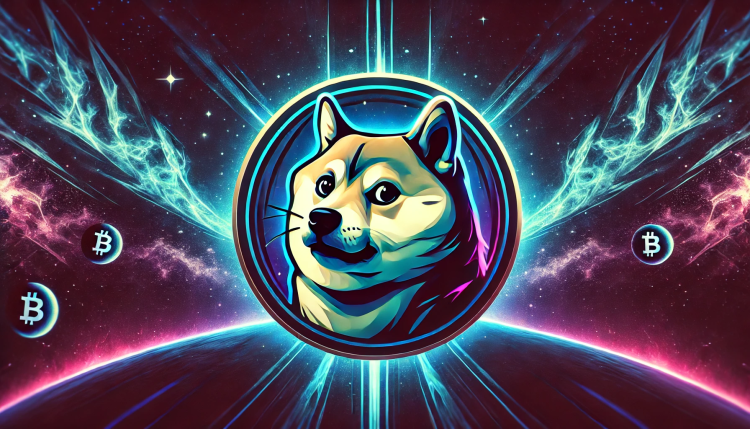
 English (US) ·
English (US) ·